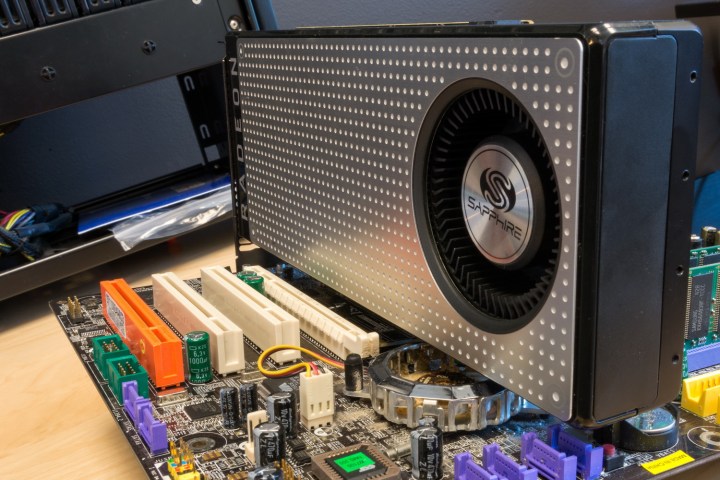
On the Asynchronous Spacewarp and Asynchronous Reprojection fronts, this tech fills in the holes when the combined PC and VR application can’t sustain the needed 90 frames per second for a fluid visual experience (dropped frames will create a “dragging,” slow-motion visual effect). Thus, to fill the holes, the tech analyzes the previous frames to determine head movement and then renders a predicted scene in a custom frame.
In addition to the new VR features, the driver adds support for DisplayPort 1.4 HBR3, an 8K resolution at 60Hz using two cables, and an 8K resolution at 30Hz using one cable. The driver also resolves three non-gaming issues, and one specific issue with Tom Clancy’s Ghost Recon Wildlands. Previously, Wildlands players experienced poor multi-GPU scaling on some configurations with multiple Radeon graphics cards installed.
Here are the three fixed non-gaming issues:
| AMD FreeSync: | When running applications in Borderless Fullscreen mode, users experienced flickering on some FreeSync-enabled displays. |
| Radeon Settings: | Users experienced a stuck/unresponsive issue with Radeon Settings when upgrading the driver through the app. |
| AMD XConnect: | After a Radeon Software installation, users experienced a system hang when immediately unplugging an XConnect device. |
As for the outstanding issues, there’s only one game-specific showstopper: the problem with FreeSync in Counter-Strike: Global Offensive and World of Warcraft. Right now, AMD suggests that customers exit and restart the games, or task-switch (ATL+TAB) in and out of the games to resolve the issue. Otherwise, expect flickering or performance issues when the games are first launched with FreeSync enabled.
Here are the four other known issues:
| Radeon Settings: | Profiles for some games may not be retained after system log off or reboot. |
| Radeon Settings: | This app may crash after toggling on/off CrossFire and switching Windows accounts on the PC. |
| Radeon WattMan: | Settings on some Radeon R9 390 series graphics products may not be applied. |
| AMD FreeSync: | When apps and/or game launches are running in the background on the primary screen, users will experience visual problems in a small number of apps with FreeSync and Borderless Fullscreen enabled. |
AMD also lists five outstanding issues tied to its Radeon ReLive service. These include an incompatibility with Xbox/Game DVR in Windows 10, the inability to install Radeon ReLive on systems with APUs, the inability to change the recording settings with Instant Replay enabled, corruption in recordings associate with Microsoft Office programs, and more.
To grab the new Radeon driver from AMD, select the link matching your operating system below:



